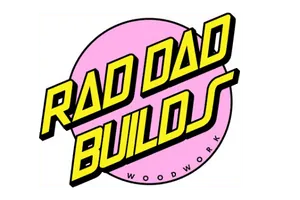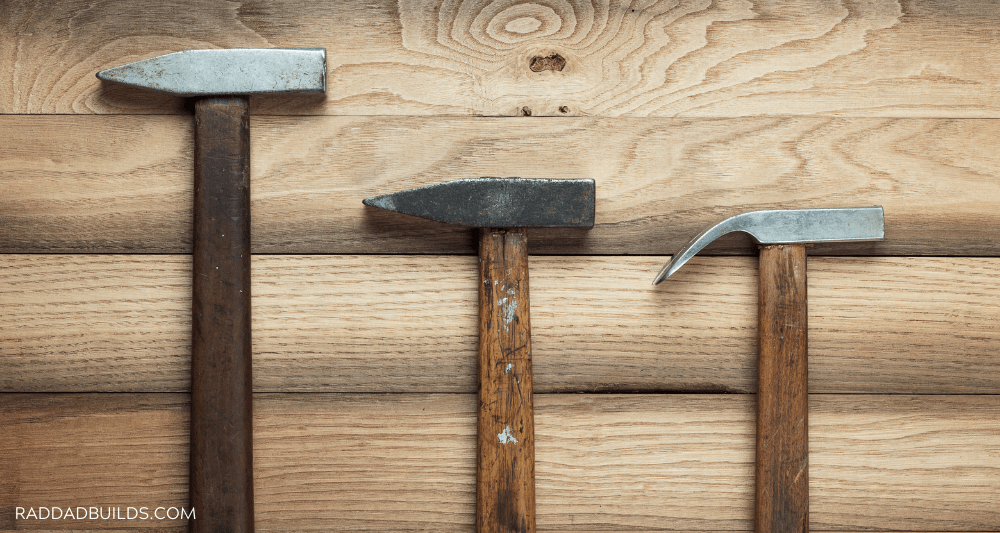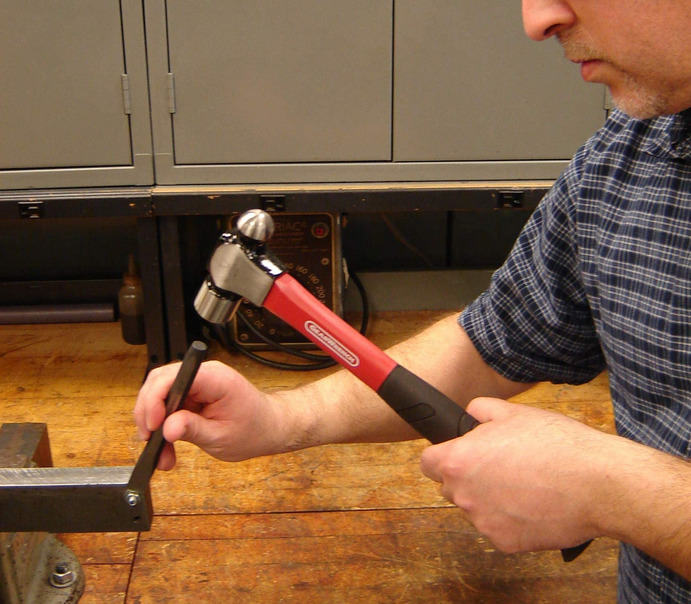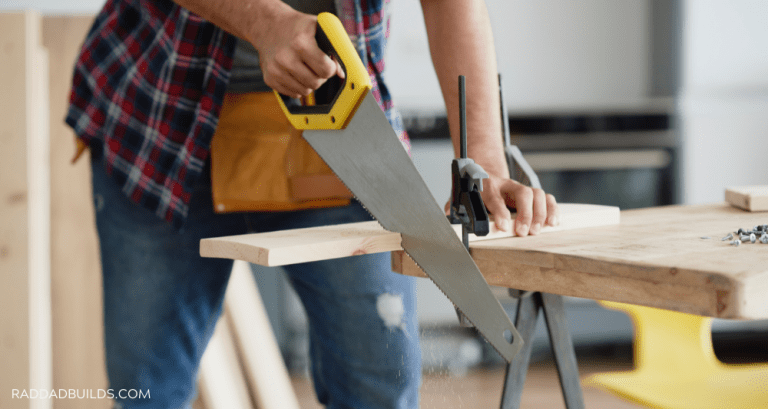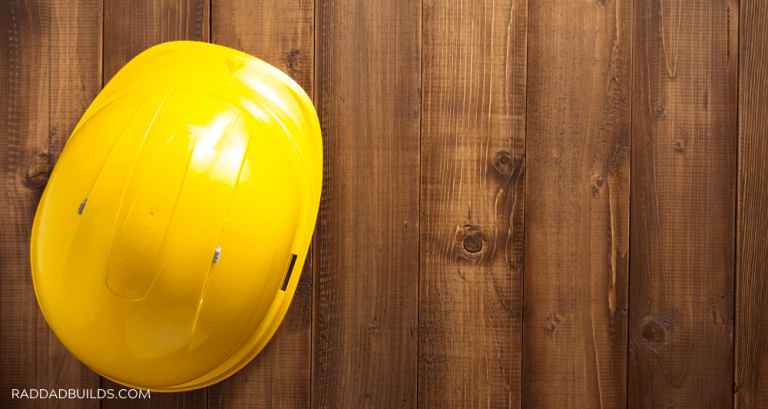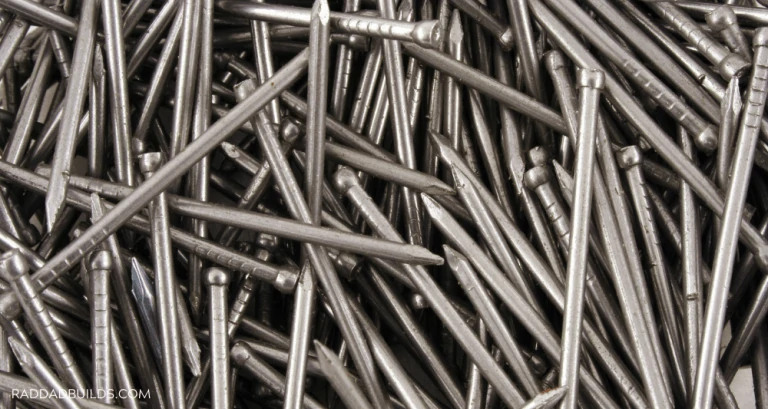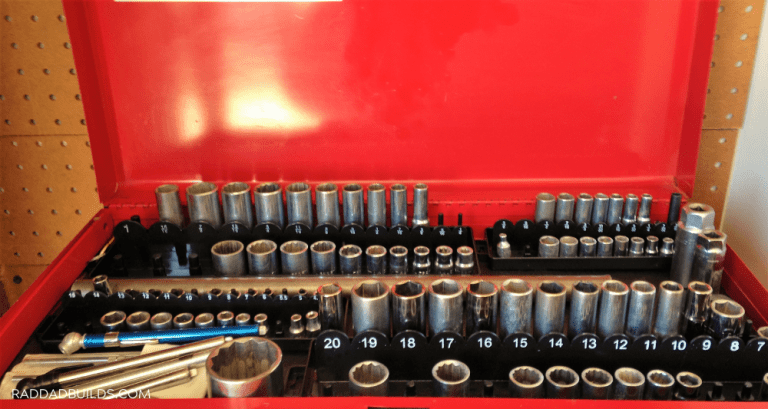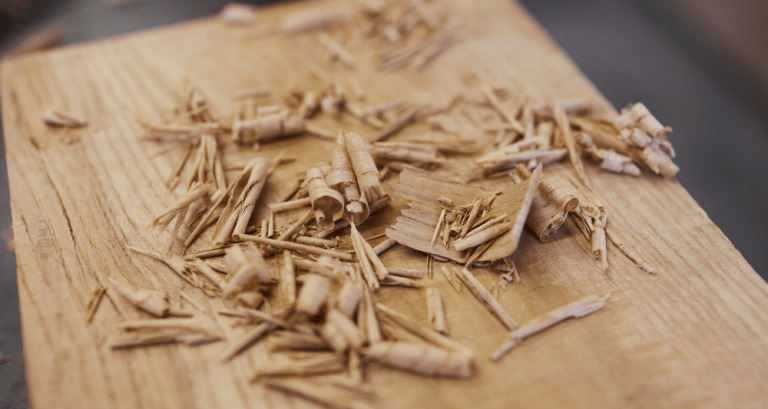Ultimate List Of The Different Types of Hammers
A list of the different hammers – Hammers being one of the oldest tools in history, which have developed to be of convenience to us over the years. It Is a must-have tool that’s found in every household or workshop.
A hammer is used for various tasks such as carpentering, nail pulling, shaping or bending metal, assembling furniture, and making cabinets. However, the same hammer can not be used for every single task. There are various types of hammers, and each hammer is intended to perform a specific task.
Moreover, before you go ahead and pick up your hammer for whatever reason, make sure you know how to use it safely. Like many other things, you need to follow safety procedures when using a hammer.
This site uses ads and affiliate content, earning commission on qualifying sales. Disclosure.
For example, it’s essential to protect the target object that you will use your hammer on as sometimes, due to high force, hammers damage objects. Besides that, make sure you wear goggles whenever the need arises, especially if you’re striking something likely to shatter. And lastly, it’s always best to strike using the head of a hammer rather than its sides.
It’s also essential to have the correct type of hammer intended for the task you will be using the hammer for. In this article, we’ve combined a list of hammers and their specific uses to help you get a better idea about which hammer you should purchase for whatever task you need It for.
So, if you’re interested in finding out, keep reading!
Ultimate List Of The Different Types of Hammers
Table of Contents
Claw Hammer
Claw hammers are one of the most common types of hammers. They’re usually lightweight, weighing around 24 ounces, and are used for various tasks, mainly interior design and home improvements.
The hammer’s back is a curved claw that effectively grips nail heads with a firm twist that loosens the nail with a pull and allows you to lever out the nails from wood.
Moreover, a claw hammer can also be used to disassemble timber and plaster.
Ball-peen Hammer
A ball peen hammer is a type of peeling hammer commonly used in metalworking to shape metals. It has two heads; one of the heads is flat, and the other is rounded, known as peen.
This hammer is used for a variety of tasks, such as striking chisels and punches. Moreover, the peen can also be used to rounding off the edges of fasteners and metal pins.
Ball-peen hammers are widely used in workshops and are also known as mechanist hammers.
Sledge Hammer
A sledgehammer is a heavy-weight hammer that weighs from 4 kg to 10 kg as it’s primarily used for heavy work.
A sledgehammer is used in blacksmithing to straighten iron bars, flat iron, round rods, and angle irons. Moreover, they are also commonly used in farm and oil field work to dislodge a trapped object and for demolition purposes to breakthrough drywalls.
This hammer usually has a long handle and a double-head made of metal.
Dead Blow Hammer
This is a mallet hammer that has a plastic or rubber head that reduces rebound. These hammers are developed for soft blows and minimum recoils and are used for several tasks such as auto repair for chassis work and dislodging stuck parts. They can also be used to pop out minor dents on vehicles.
Moreover, they are also commonly used in woodworking when it’s required to knock joints together.
Other tasks for which a dead blow hammer comes in handy include cylindrical work and orthopedic surgical operations.
Framing Hammer
A framing hammer resembles a claw hammer in appearance. It has a straight claw, and a waffle-like head made up of steel. The handle of this hammer is usually made up of wood. It is widely used for assembling wooden houses and other carpentry-related work, especially if carpenters need to drive or remove nails.
They also have long handles compared to other hammers, and since the head is made up of steel, they are relatively heavy.
A framing hammer isn’t considered a necessity to have in your toolbox as most people prefer using nail guns instead of framing hammers.
Upholstery Hammer
Also widely known as a tack hammer, this is a lightweight hammer that consists of two heads that are claw-like. It has a medium lengthened handle usually made up of wood.
A tack hammer is used in fixing furniture frames or upholstery fabric by utilizing tacks or nails. You hold the tack that needs placement by using its magnetic end and strike the tack or nail back up with the magnetized end.
Staple guns make an excellent alternate for upholstery hammers as they are quicker and easier to use.
Blocking Hammer
A blocking hammer has two heads – on one side, there is the flat square-like head, and on the other side, a cylindrical head is located.
It is a heavy-duty hammer commonly used by blacksmiths to shape sheet metal into a specific shape and prevent it from planishing. If you work with metal objects often, you will need a blocking hammer to achieve blemish-free metal and steel-related projects.
A blocking hammer can also be on jewelry to achieve the desired shape.
Brass Hammer
A brass hammer consists of cylindrical heads, usually made up of a lighter metal rather than steel. It is used to strike metal objects without causing dents and striking steel pins into objects without causing damage to the object.
A brass hammer also prevents thinning of metal objects. They can also be used on steel pipes.
Brass hammers are commonly found in woodworking shops and automotive industries.
Roofing Hammer
Roofing hammers consist of steel hands and a nylon vinyl handle that provides a solid and comfortable grip. These durable hammers are used by residential roofers to cut shingles and to drive nails into them. They also have a single gauge built into the side of its head, which is very useful for beginners as it makes the job easier and quicker.
They usually include a cutting blade and work on every type of shingle.
Chasing Hammer
A chasing hammer has a unique shape with one smooth head of a convex shape and the other head that resembles a small ball. It has a handle that starts thin but is strong and thicker in the end.
This design of the handle gives you balance while holding the hammer and prevents it from slipping.
A chasing hammer is used in several tasks, such as shaping jewelry and indenting metal without damaging it. Moreover, the ball-shaped side head can also be used to peen and smooth out dents on objects.
Brick Hammer
Also known as a stonemason’s hammer, this hammer has two heads; one is flat and round, and the other is a long chisel-shaped blade.
A brick hammer is used in various tasks to disassemble small stone pieces, their edges and to cut bricks or a concrete masonry unit. The long chisel-like blade can also be used to cut cinder blocks. A brick hammer is commonly used by geologists when collecting rock, stone, or mineral samples.
Bush Hammer
A bush hammer is unique and is commonly used in masonry work. The overall appearance of the hammer is similar to that of a meat tenderizer. These hammers have several types, from a medium-sized hand-held hammer to that of a powered machine. It is used to add textures to concretes and stones.
This may be to improve the appearance of the surface or to prevent stone walkways from getting slippery. A bush hammer is also known as an axe hammer due to the sharp edges of its faces.
Cross Pein Hammer
This is a type of a blacksmithing hammer with the peen (end of the head) horizontally angled to the handle. They are best to use in tight spaces or areas where other hammers cannot reach. Moreover, a cross pein hammer is good to use whenever you’re in a position where you need to hold nails in between your fingers.
If this hammer is used, it will hit the nail straight away and protect your fingers. Other uses of this type of hammer include shaping metal during forging and riveting. It usually comes with a wooden handle to provide a solid and comfortable grip.
Drywall Hammer
An essential tool used by drywall hangers, this hammer has a straight peen with a soft handle for a comfortable grip. It is used to hold nails in place without causing damage to the drywall, or it can also be used to remove unwanted bits of drywall safely.
A drywall hammer is lightweight as compared to usual hammers, usually weighing around 12-13 ounces. The drywall hammer’s rounded end prevents dents in the drywall paper efficiently and makes the job easier.
A drywall hammer does come in handy if you install drywall papers often. However, it’s not a necessity, and other regular hammers make an excellent alternative.
Lineman’s Hammer
A lineman’s hammer is a heavy-duty tool that consists of a conical peen with a strong head. The striking heads of this hammer are dense and powerful. It is heavy-weight and is used in various tasks such as to strike solid and heavy objects.
For example, it can be used to disassemble spikes into utility poles. It is also widely used by blacksmiths to hammer metal to shape it. Since it is a heavy-duty metal, it is likely to damage surfaces and objects that it strikes on.
Therefore, if you don’t want damaged or dents on surfaces or objects, try using another hammer.
Rock-climbing Hammer
Widely known as a piton hammer, this hammer features a hollow handle and straight peen, consisting of a hole to place or remove pitons, circle-heads, and copper-heads. The head of this hammer may vary; it can heavy or lightweight.
Heavier heads enable rock climbers to place or remove pitons quickly and efficiently as compared to lightweight heads. It can also be used to place fixed bolts.
Power Hammer
A power hammer is a large mechanical forging hammer that uses compressed air to raise the hammer before striking a certain object. It features a ram that holds the head of the hammer, an anvil, and a frame.
There are certain types of this hammer: steam hammer, air hammer, and a mechanical hammer.
The most common use of this hammer is forge welding processes to join metal pieces by heating them and then hammering them. Other uses of this hammer include using it to close rivets and striking steel objects.
Rip Hammer
A rip hammer is considered the opposite of a claw hammer – it has one straight claw-like face, and the other has a rounded face. It is comparatively lightweight as compared to the claw hammer.
A rip hammer is used for several tasks. Still, most commonly, it comes in handy when split apart objects or other materials during construction or demolition work which is why it is called a rip hammer—other tasks for which this hammer is used include digging and pulling out objects.
Geologists Hammer
Also known as a rock or rock hammer, a geologist’s hammer has a flat head with a close resemblance to that of the claw-like face on a rip hammer. It may also have a chisel on the back.
As suggested by its name, this hammer is used by geologists to break and rip apart rocks. The chisel head at its back is also used for creating holes and removing vegetation.
Scutch Hammer
A scutch hammer usually has two heads and two grooves on each of its heads. These are also known as double-ended scutch hammers. However, some scutch hammers may also be single-ended.
A single-ended scutch hammer will feature a striking square end on one side and a scutch comb holder on the other, whereas a double-ended scutch hammer has a scutch comb holder on both of its ends which makes space for slots for two different attachments.
They have a unique shape and are used to remove outdated mortal from bricks and pave. They can also be used along with combs and droves to cut bricks.
Soft-faced Hammer
This is a hammer with two circular-shaped faces made of plastic, copper, or rubber face that are often replaceable as they tend to break and wear out over time.
The hammer is developed to provide a driving force without causing damage to materials or surfaces. The hammer is often used to strike delicate materials rather than solid materials like steel or concrete.
Spike Maul Hammer
A spike maul hammer has two double-faced heads that tend to be long and thin and are made of steel.
One of the heads may be longer than the other. They are similar to sledgehammers and weigh approximately 8 to 12 pounds. They are used to strike railroad spikes from the opposite sides of the tracks.
Welding Hammer
Also known as a chipping hammer, this hammer has a circular-shaped chisel at one side and a chisel-like pointed edge on the other side. The handle of a welding hammer has a unique design resembling a spring.
It is used for several tasks, such as removing welding slag from a weld or dressing welds once they have been cooled down. Moreover, the vertical peen on the side is used to knock over the leftover slag from the welding rod.
A welding hammer is an essential tool for welding professionals.
Straight Peen Hammer
A straight peen hammer closely resembles a cross peen hammer. The only main difference is that the peen of this hammer is vertically aligned.
This hammer’s most common uses include using it to place nails, especially when a situation requires you to hold the nails in between your fingers. The straight peen hammer will directly strike the nail to place rather than your fingers. This hammer is also commonly used to shape metal.
Toolmaker Hammer
A toolmaker hammer has the most distinguishable shape. It has a ball-peen and circular-shaped head. They are usually lightweight but made for steel to provide strength when you strike the hammer.
A toolmaker hammer mostly has an appealing chromium finish, and they are usually found in machine shops for striking delicate materials that may break or damage other hammers.
Different Types of Hammers – Conclusion
Hammers are an essential tool to keep in your toolbox, house, and shops. Now and then, a hammer is required to complete the simplest of tasks.
But since there are various types of hammers, it’s impossible to know which hammer should be used for a specific task which is why we combined a list of different types of hammers and their uses to make your work easier for you. We hope you find it helpful.
